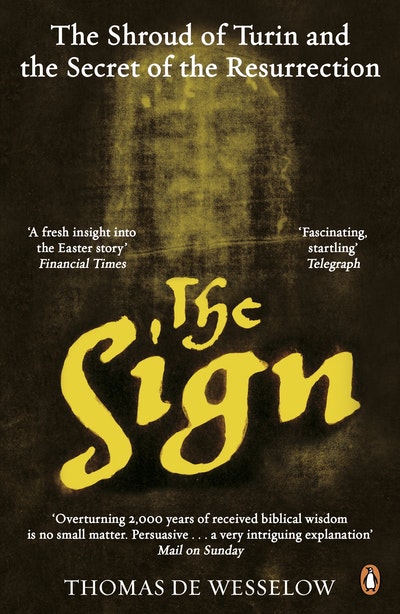The birth of Christianity, nearly 2000 years ago, has shaped the whole course of human history. Yet historians still cannot explain how it all really began. What made Jesus's followers claim to have seen him alive again, three days after his crucifixion? Why did Christianity take off so quickly?
It is one of the biggest and most profound of all historical mysteries. This extraordinary book, based on seven years of secret research by a brilliant historian, finally provides the answer. And it lies an enigmatic relic long assumed to be a fake: the Shroud of Turin.
With historical detective work and cutting-edge scientific research, art historian Thomas de Wesselow has discovered that Jesus's followers did see something at the tomb. They saw something real but out of the ordinary - something that seemed like a miracle. It was the burial cloth of Jesus, stained with his body image. This ancient marvel was hailed as a sign of the Resurrection, and kick-started the Christian faith.
The Sign details conclusive evidence that the Shroud of Turin is authentic, showing that the faint image on the cloth was formed naturally through a rare chemical reaction. It then explains how this revelation solves multiple puzzles of religious history: for example, the Gospel reports of the appearances of the Risen Christ are clearly based on early viewings of the Shroud.
As well as a major historical breakthrough, The Sign is a truly thrilling read - and one you will never forget.


